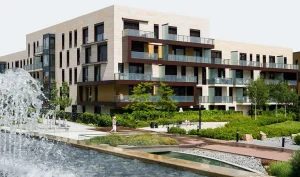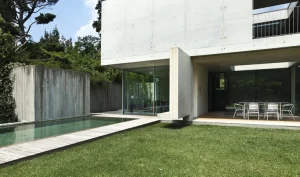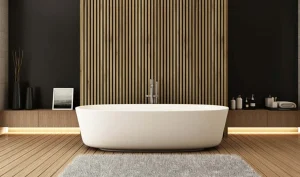A clever architectural model involves innovative and strategic design approaches that go beyond conventional thinking. These models aim to address contemporary challenges, enhance functionality, and provide sustainable, aesthetically pleasing solutions. Here are key elements and characteristics of a clever architectural model:
- Sustainability and Green Design:
- Prioritize environmentally friendly practices by incorporating sustainable materials, energy-efficient systems, and green technologies.
- Explore designs that integrate renewable energy sources such as solar panels, wind turbines, or rainwater harvesting systems.
- Adaptive Reuse and Flexibility:
- Embrace adaptive reuse strategies to breathe new life into existing structures, minimizing the environmental impact and preserving the cultural heritage of the built environment.
- Design spaces that are flexible and adaptable to changing needs, ensuring longevity and relevance over time.
- Innovative Use of Materials:
- Experiment with unconventional materials that are not only aesthetically pleasing but also have unique properties such as improved insulation, durability, or self-healing capabilities.
- Incorporate recycled and upcycled materials to contribute to a circular economy and reduce the carbon footprint of the construction process.
- Smart Technology Integration:
- Leverage smart technology for efficient building management, energy conservation, and enhanced user experience.
- Explore the integration of Internet of Things (IoT) devices for automation, monitoring, and control of various building functions.
- Compact and Efficient Design:
- Optimize the use of space by employing clever, space-saving design solutions without compromising on comfort or functionality.
- Consider modular design concepts that allow for easy assembly, disassembly, and reconfiguration of building elements.
- Biophilic Design:
- Integrate elements of nature within the built environment to enhance well-being and connect occupants with the natural world.
- Incorporate features such as green walls, indoor plants, and ample natural light to create a harmonious and healthy living or working environment.
- Parametric Design and 3D Printing:
- Explore parametric design principles, allowing for complex, dynamic shapes and structures that respond to specific parameters.
- Consider the use of 3D printing technology for both construction and interior design, enabling intricate and customizable details.
- Resilient Architecture:
- Design structures that can withstand natural disasters and adapt to changing environmental conditions.
- Incorporate resilient building materials and innovative construction techniques to enhance the durability and longevity of the architecture.
- Interactive and Engaging Spaces:
- Create spaces that encourage interaction and engagement among occupants.
- Explore designs that facilitate social interaction, collaborative work, and community-building within residential or commercial environments.
- Cultural and Contextual Sensitivity:
- Consider the cultural and contextual aspects of the site to create designs that seamlessly integrate with their surroundings.
- Embrace vernacular architecture and local building traditions while incorporating modern elements to establish a sense of place.
A clever architectural model is characterized by its ability to address current challenges, embrace technological advancements, and create sustainable, adaptable, and aesthetically pleasing spaces. By incorporating these innovative approaches, architects can contribute to the evolution of the built environment in meaningful ways.



